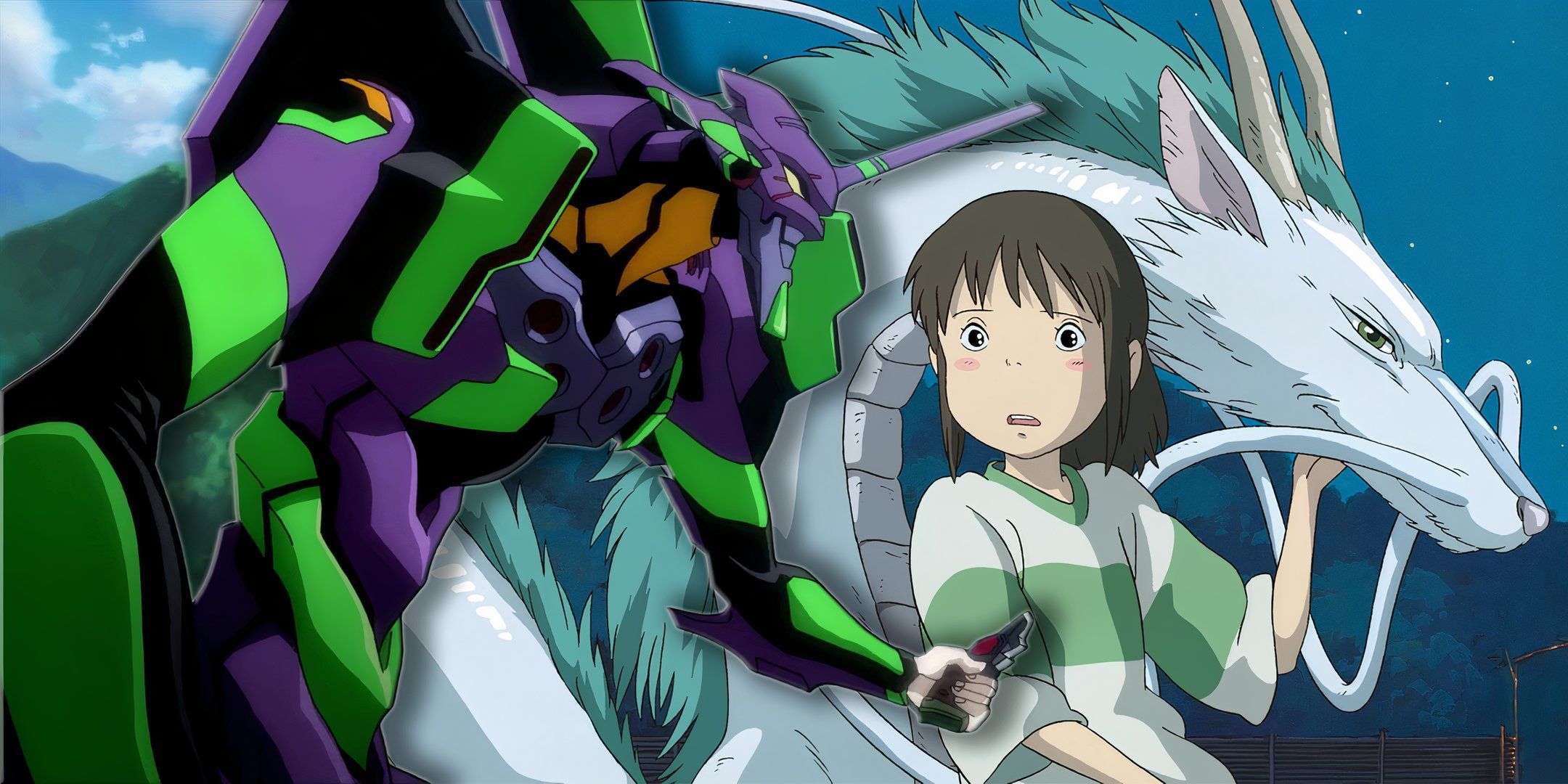
When people talk about confusing anime, Neon Genesis Evangelion is famous for it. It’s packed with giant robots, troubled teens, religious imagery, and an ending that feels like a strange, introspective experience. Studio Ghibli films create a different kind of confusion. They often seem gentle and inviting at first, with lovely music and scenery. But if you look closer, the worlds they create can feel like dreams – beautiful, but also illogical and hard to fully understand.
Watching Studio Ghibli films feels like stepping into a dream. Things happen without needing explanation, and the characters just accept the impossible with a quiet grace. I’ve noticed that films like Spirited Away and Pom Poko bend reality so effortlessly that even something as complex as Evangelion feels relatively simple by comparison. They don’t bother with detailed logic; instead, they focus on creating a strong emotional impact and embracing the mystery. The result is always a unique and memorable experience, one that stays with you and leaves you pondering its meaning long after the movie ends.
Spirited Away Builds a Dream World That Refuses to Explain Itself

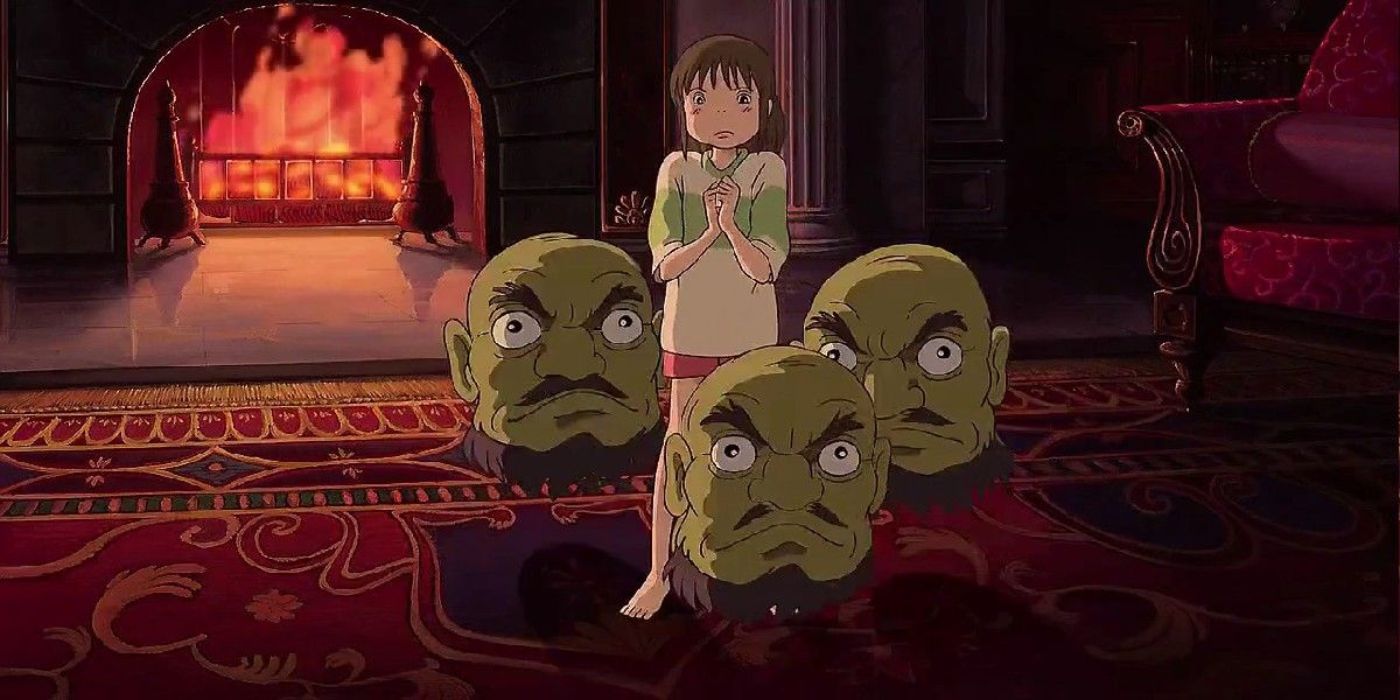
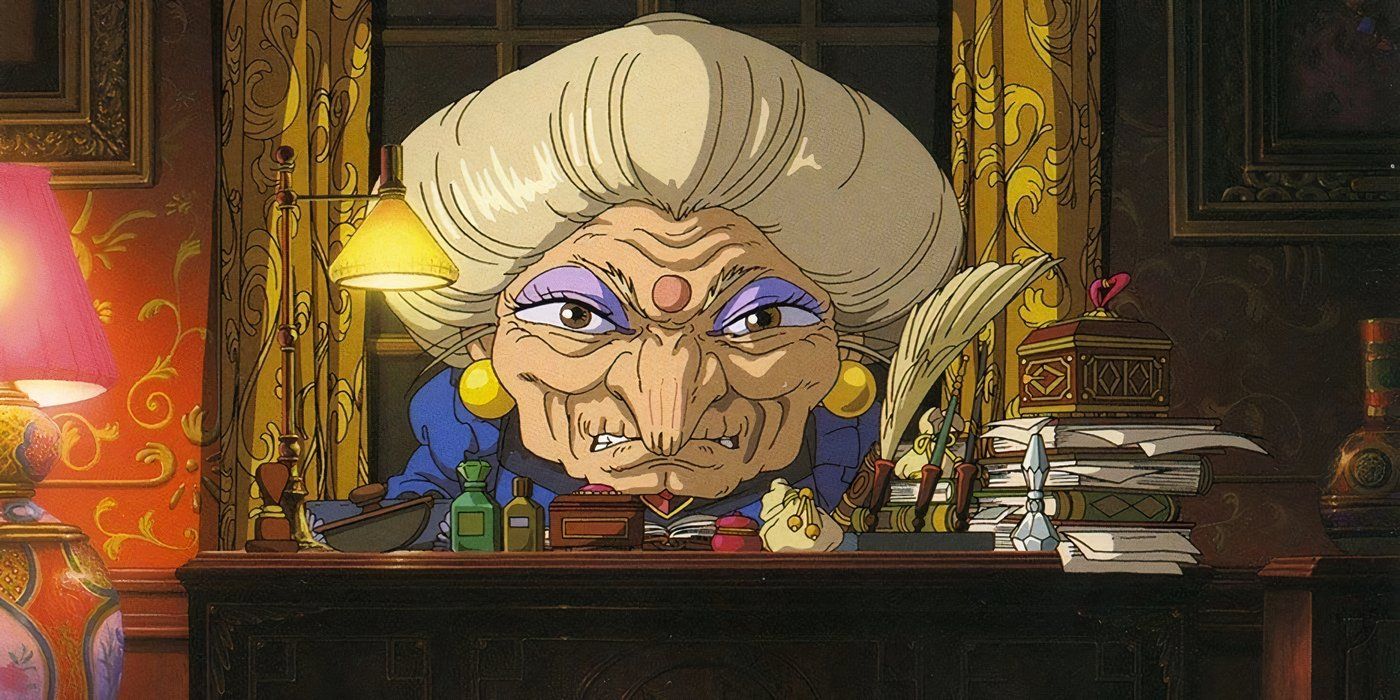

At first glance, Spirited Away seems like a straightforward story: a girl named Chihiro stumbles into a mysterious, deserted amusement park and finds herself in a world of spirits. To save her parents, she has to work at a bathhouse for gods and monsters. But the movie feels more like a long, vivid dream, and it doesn’t reveal its logic. While the bathhouse and the town around it clearly operate with rules, those rules are never fully explained.
People’s names are easily given up, exchanged, or lost to memory. Agreements are made, but often lack clear details. Yubaba, the witch who runs the bathhouse, holds all the power, but she has a twin sister with a completely different personality who lives far away and doesn’t follow the same patterns.
Spirited Away explores deep emotional connections, though its rules aren’t always clear. It also beautifully connects Chihiro’s personal growth with the magical world around her – as she becomes more courageous and understanding, the world seems to change with her. In contrast, Evangelion constantly tries to explain itself, often creating even more mysteries. The show relies heavily on complex dialogue to reveal elaborate plans and overarching storylines.
Unlike some stories, Spirited Away presents a spirit world that feels ancient and doesn’t bother with explanations. The film works as both a coming-of-age story and a dreamlike exploration of reality, and it intentionally leaves it up to the viewer to decide which it is.
My Neighbor Totoro Turns Cozy Childhood Memories into an Unsettling Soft Fantasy
My Neighbor Totoro is a beloved film about two sisters, Satsuki and Mei, who move to the countryside to be closer to their ailing mother’s hospital. Their days are filled with the simple joys of nature – fields, forests, and even rainy weather – and encounters with magical creatures. While the story is peaceful and heartwarming, there’s also a subtle mystery that unfolds throughout the film.
The line between what’s imagined and what’s real is blurry in this film, prompting us to wonder about characters like Totoro and the Catbus. Are they actually creatures that most adults simply can’t see, or are they representations of the girls’ emotions as they cope with a difficult time? The movie intentionally leaves this question unanswered.
Throughout the film, the mother’s sickness becomes increasingly prominent, creating a sense of worry for the family. The search for Mei near the end adds a feeling of real danger. A sandal discovered by the pond momentarily suggests something terrible has happened, but that fear is relieved when it’s revealed to belong to a different child. These details allow My Neighbor Totoro to be understood and appreciated on multiple levels.
Some viewers find the movie a pure and sweet tribute to the wonder of childhood and the natural world. Others interpret it as having a deeper, more mysterious side, seeing Totoro and the Catbus as almost magical guides. While shows like Evangelion express inner turmoil through dramatic, explosive scenes, My Neighbor Totoro subtly hints at hidden anxieties within its calm and gentle story. This creates a film that appears simple on the surface, but leaves you with lingering, unsettling questions long after it ends.
Pom Poko Throws Folklore, Activism and Chaos Into One Overwhelming Story
Pom Poko is one of Studio Ghibli’s most energetic and complex films. It boldly mixes Japanese folklore, political themes, and shifts in mood, without trying to tie everything up neatly. The movie tells the story of tanuki – magical, shape-shifting creatures from Japanese legends – as they fight to protect their forest home from being destroyed by new buildings and cities.
In Pom Poko, the shapeshifting isn’t explained by the rules of the film’s world, but by Japanese cultural beliefs. The tanuki (raccoon dogs) freely change into humans, huge creatures, ordinary items, and create illusions without any obvious consequences or limitations. Viewers familiar with Japanese folklore will likely understand the meaning behind these transformations, but others might find the film a rapid-fire series of unusual and interconnected concepts.
The film’s mood changes dramatically, mirroring its visually striking style. It jumps between lighthearted jokes and scenes of serious accidents, and mixes passionate speeches with straightforward documentary footage. This creates a unique blend of documentary, myth, and unpredictable comedy. The story avoids settling on one particular feeling, and this constant shift actually reinforces the film’s overall message.
Both Evangelion and Pom Poko deal with complex issues, but in different ways. Evangelion concentrates these struggles within a few key characters facing huge challenges. Pom Poko, however, expands the confusion to encompass an entire community and its traditions. The film explores themes like environmental destruction, finding one’s place, adapting to change, and longing for the past. It ends with a moving, yet ambiguous, conclusion that doesn’t offer easy answers, leaving a lasting emotional impact.
Tales from Earthsea Hides Existential Stakes Behind a Maze of Missing Details
While Tales from Earthsea appears visually complete, it often feels like important parts of the story are missing. The film centers on Arren, a prince struggling with inner turmoil, Sparrowhawk, a powerful wizard who travels the land, and Therru, an enigmatic young woman. They exist in a world where magic is fading and everything is falling apart, but key events happen without much explanation or background.
The story touches on ideas of fear and the way the world works, but these concepts don’t fully connect to the main events. We get hints of deeper meanings and symbols, but it’s hard to see how they all fit together. The world has a magic system with specific rules – like the importance of true names and maintaining balance – but the story doesn’t consistently follow those rules, often only mentioning them briefly or not at all.
The main villain in Tales from Earthsea wants to defeat death and destroy the world as we know it. While this ambition is common in fantasy stories, the details of his plan are mysterious. Cob’s methods and how his experiments lead to Earthsea’s decline are presented through vague conversations and symbolic scenes. Even the story’s dramatic ending doesn’t fully explain what’s been saved or ruined.
Both Evangelion and Tales from Earthsea challenge viewers with their complexity. Evangelion does this through overwhelming symbolism and intense emotional pain. Tales from Earthsea, on the other hand, creates a sense of mystery by suggesting a deeper meaning without fully revealing it. The story feels important and profound, but remains elusive and hard to pin down, even when you think you understand it.
Howl’s Moving Castle Lets Feelings Rewrite the Rules of Magic and War

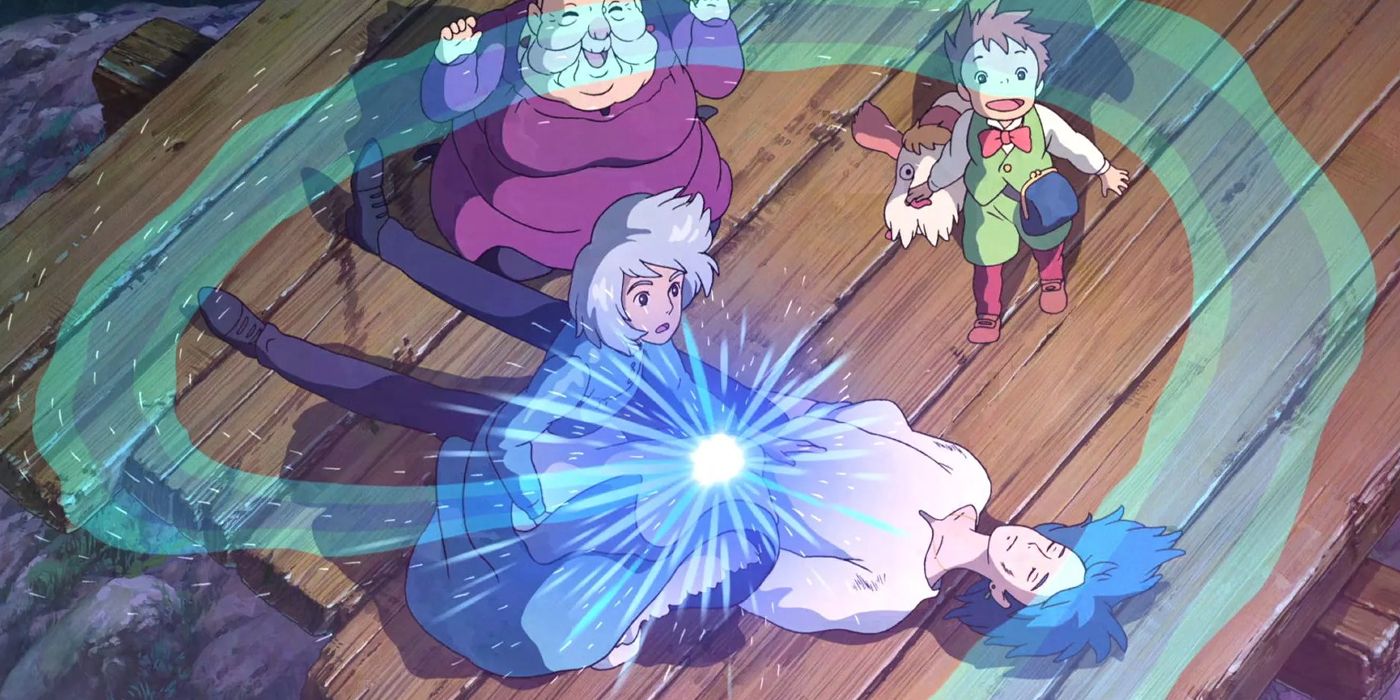

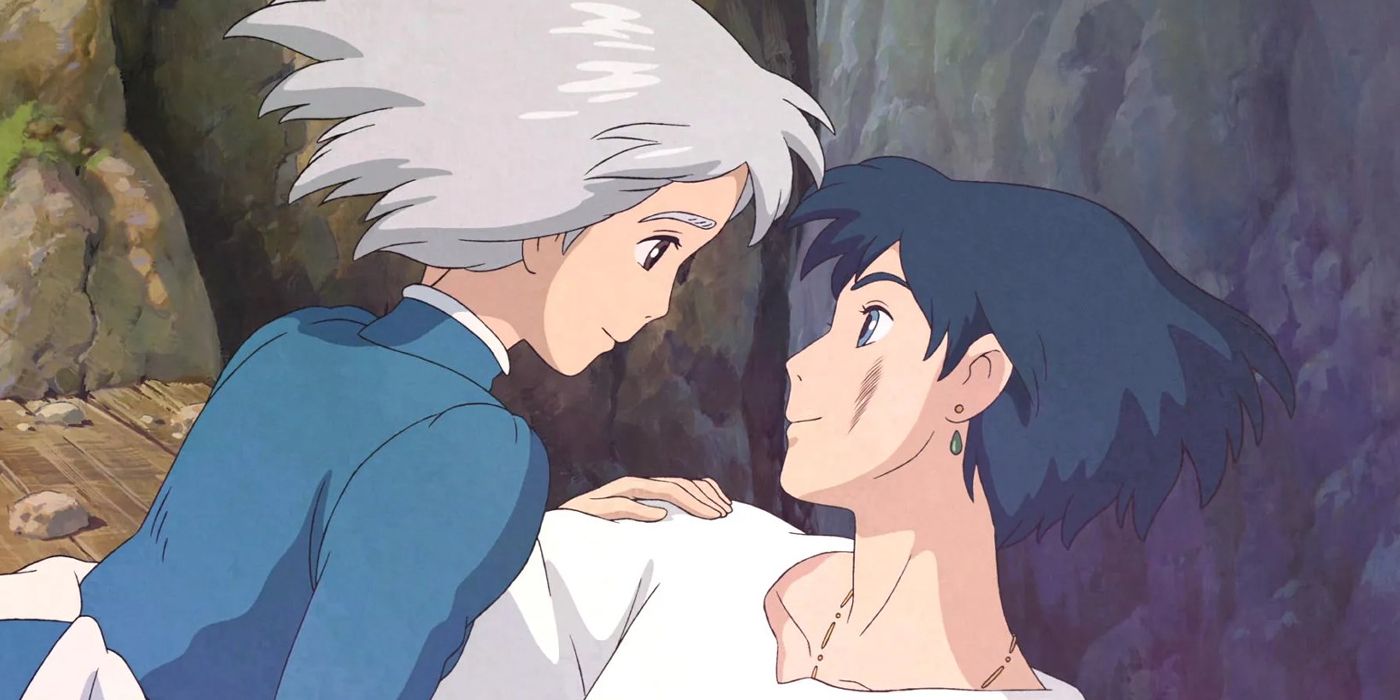
In Howl’s Moving Castle, Sophie, a shy hat maker, is transformed into an elderly woman by a spiteful witch. Hoping to break the spell, she seeks help from the eccentric wizard Howl, who lives in a castle that can walk. Sophie discovers that her curse isn’t straightforward – it seems to respond to her feelings rather than following any fixed rules.
How we appear, even down to the details of our face, changes based on how confident, valued, and loved we feel. Viewers pick up on these subtle cues. This internal state also defines the world around us – specifically, the castle and the character of Howl. This isn’t just a metaphor; the castle is a living structure powered by an actual heart connected to a fire demon. This allows doors to lead anywhere and the entire building to move across the land.
The story starts like a typical fantasy quest, but quickly becomes complicated with unexplained magic and a sprawling war. The extent of Calcifer’s abilities, the details of their agreement, and the dangers of messing with the heart are all deliberately kept unclear. Adding to this confusion is a complex war and political landscape.
The film takes place during a war, with planes flying above, but the reasons for the conflict aren’t clearly explained. While some stories are packed with complex symbolism, Howl’s Moving Castle focuses more on feelings and how the characters change inside. The plot points connect in a way that feels meaningful, creating an emotional impact, but it doesn’t make a lot of logical sense if you try to analyze it too closely.
Read More
- Zerowake GATES : BL RPG Tier List (November 2025)
- T1 beat KT Rolster to claim third straight League of Legends World Championship
- How Many Episodes Are in Hazbin Hotel Season 2 & When Do They Come Out?
- Hazbin Hotel Voice Cast & Character Guide
- All Battlecrest Slope Encounters in Where Winds Meet
- LINK PREDICTION. LINK cryptocurrency
- Apple TV’s Neuromancer: The Perfect Replacement For Mr. Robot?
- Terminull Brigade X Evangelion Collaboration Reveal Trailer | TGS 2025
- What time is It: Welcome to Derry Episode 3 out?
- Hazbin Hotel Season 2 Episode 3 & 4 Release Date, Time, Where to Watch
2025-11-19 01:42